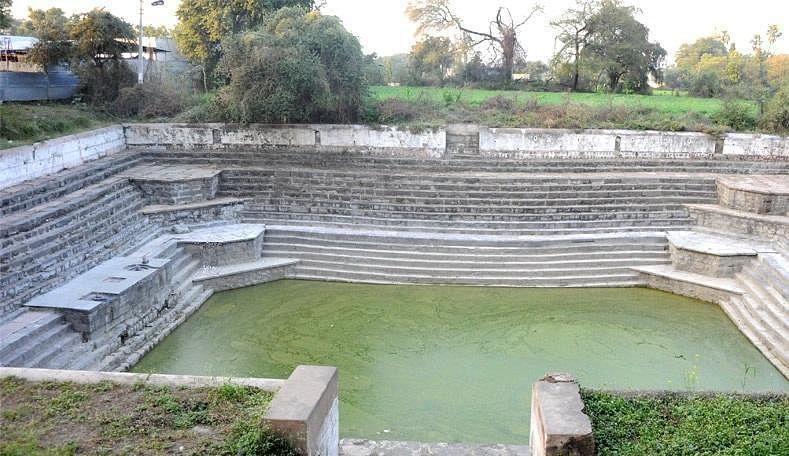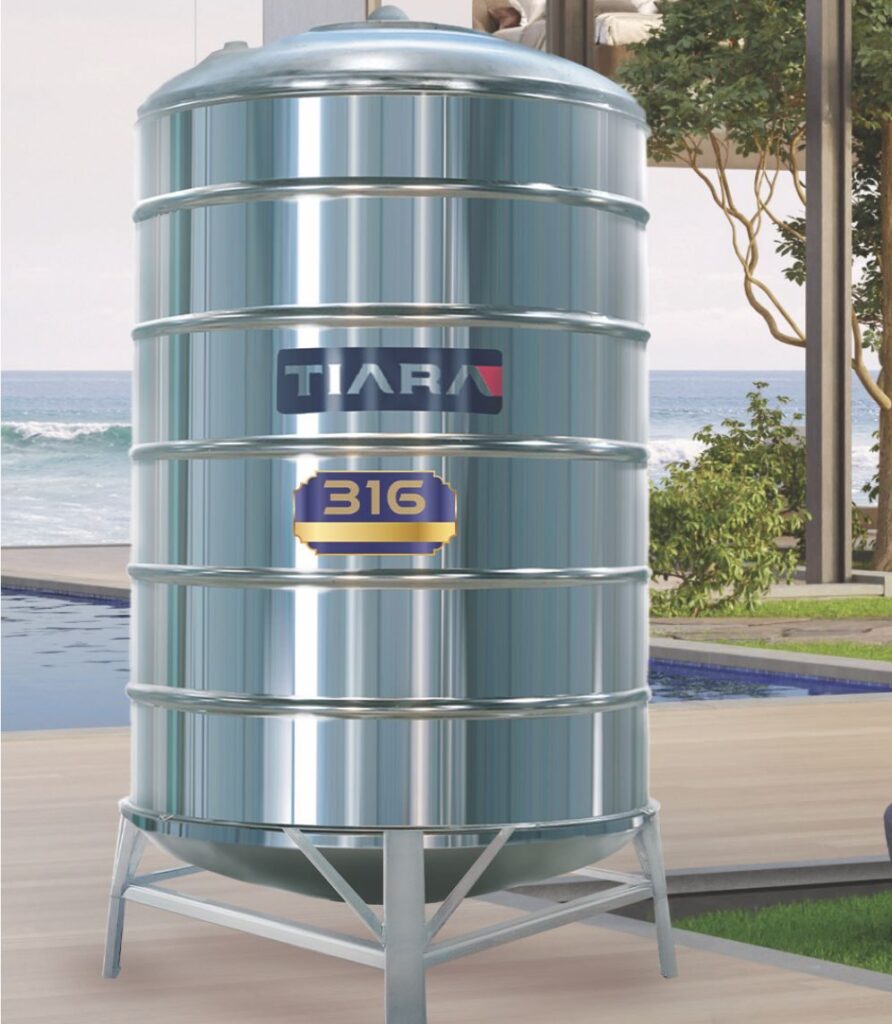
Water scarcity is a pressing issue in India, exacerbated by rapid urbanization, population growth, and climate change. Effective water storage technologies play a crucial role in mitigating this challenge, ensuring access to clean water for domestic, agricultural, and industrial purposes. In this article, we review and compare various water storage technologies available in the Indian market, assessing their benefits, costs, and suitability for different needs.
Traditional Methods
Traditional water storage methods have been integral to Indian culture for centuries, adapting to local climates and resource availability:
Earthen Pots (Matkas):
- Benefits: Affordable, natural cooling properties, suitable for small-scale storage.
- Costs: Low initial investment, but susceptible to cracking and contamination.
- Suitability: Ideal for rural households and small gardens where affordability and ease of use are prioritized.
Concrete Tanks:
- Benefits: Durable, long-lasting, capable of storing large volumes.
- Costs: Moderate initial investment, requires periodic maintenance.
- Suitability: Common in both rural and urban areas for household and community use due to their robustness and suitability for underground installation.
Modern Technologies
Advancements in material science and engineering have led to the development of more efficient and durable water storage solutions:
Plastic Water Tanks:
- Benefits: Lightweight, corrosion-resistant, easy to install.
- Costs: Affordable, with prices varying based on capacity and brand.
- Suitability: Widely used in urban and rural areas for residential, commercial, and industrial purposes due to their versatility and cost-effectiveness.
Stainless Steel Tanks:
- Benefits: Hygienic, strong, maintains water quality without imparting any taste or odour.
- Costs: Expensive compared to other materials, but offers exceptional durability and longevity.
- Suitability: Commonly used in sensitive environments like hospitals, hotels, and industries where water purity and hygiene are critical.
Rainwater Harvesting Systems:
- Benefits: Sustainable, reduces dependency on external water sources, mitigates urban flooding, and replenishes groundwater.
- Costs: Initial setup costs can be high, but long-term savings on water bills and environmental benefits make it economically viable.
- Suitability: Suitable for residential, commercial, and institutional buildings across all regions of India, promoting self-sufficiency in water management.

Comparison Factors
When evaluating these technologies, several factors must be considered:
- Cost: Traditional methods like earthen pots and concrete tanks are cost-effective initially, whereas modern solutions such as plastic and fiberglass tanks offer durability with varying upfront costs.
- Durability: Concrete, fiberglass, and stainless steel tanks are known for their resilience against weather conditions and longevity compared to earthen pots.
- Maintenance: Earthen pots require regular cleaning and may be prone to damage, while modern materials like plastic and stainless steel require minimal upkeep.
- Suitability: The choice of technology depends on factors such as available space, budget constraints, water quality requirements, and environmental considerations.
Conclusion
Choosing the right water storage technology in India is crucial to ensuring sustainable water management practices across diverse geographical and socio-economic contexts. While traditional methods continue to serve rural communities with limited resources, modern technologies provide efficient solutions for urban and industrial water storage needs. Rainwater harvesting systems emerge as a sustainable choice for both urban and rural areas, promoting water conservation and reducing reliance on external water sources.
In conclusion, the selection of water storage technologies should be guided by local conditions, budget considerations, and long-term sustainability goals. By integrating traditional wisdom with modern innovations, India can effectively address its water storage challenges, ensuring a reliable and sustainable water supply for its growing population. Embracing these technologies not only enhances water security but also contributes to environmental stewardship in the face of global climate challenges.


